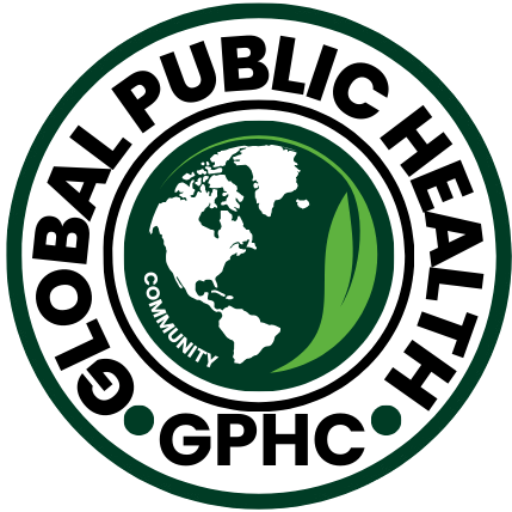Steroid Scars: The Silent Epidemic of Kidney Damage in India’s Clinics
Ramesh, a 24-year-old gym enthusiast from Delhi, never imagined his drive for a muscular body would end with a dialysis machine. At first, he was thrilled—“You’ve gained so fast!” his friends praised. But six months later, he collapsed at work. The diagnosis? Stage 4 chronic kidney disease. His blood pressure had spiked, his creatinine levels were alarming, and his kidneys had shriveled into non-functioning filters. The culprit? Unprescribed anabolic steroids bought from a so-called “doctor” in a backstreet clinic who promised him “safe and quick gains.”
Ramesh’s story is not unique—it’s the reflection of a growing crisis in India. The unregulated use of steroids, both anabolic and corticosteroids, is creating a dangerous ripple effect on kidney health. More disturbing is that this crisis is often accelerated by the hands of fake doctors and unqualified practitioners who operate in the shadows of India’s vast and fragmented healthcare system.
(Name changed because of their privacy & dignity)
A Prescription for Trouble
Steroids, when used responsibly under medical supervision, have clear therapeutic roles: treating autoimmune disorders, inflammation, severe allergies, and adrenal insufficiencies. However, in India, these powerful drugs are increasingly dispensed without proper evaluation—especially in urban gyms, small-town clinics, and unlicensed “medical” centers.
According to a 2023 report by the Indian Society of Nephrology, over 40% of young Indian males with newly diagnosed kidney damage admitted to using steroids. Many sourced them from informal or illegal providers—some not even real doctors.
One of the most misused types are corticosteroids like prednisolone and dexamethasone, often handed out like multivitamins for joint pain, asthma, allergies, or even minor colds. Another category—anabolic steroids like stanozolol or nandrolone—are heavily misused in bodybuilding circles. While the latter are illegal without prescription, they are easily available at gyms, unregulated pharmacies, or through WhatsApp “consultations” with fake doctors posing as experts.
Fake Doctors: A Hidden Killer
In a dimly lit clinic in rural Uttar Pradesh, a man wearing a stethoscope and a white coat runs a bustling “practice.” He has no medical license, no MBBS degree, and no registration. Yet every day, dozens line up, believing he holds the cure to their problems. He prescribes steroids for everything—back pain, skin conditions, respiratory infections—and no one questions him.
The Medical Council of India estimates that over 500,000 fake doctors operate across the country. Many learn on the job, having previously worked as compounders or chemists. Some even buy counterfeit degrees. Patients, especially in rural or low-income urban areas, often can’t tell the difference—and in many cases, they don’t have another choice.
The consequences? Devastating. These fake doctors frequently prescribe high-dose steroids for extended periods, suppressing the immune system, elevating blood pressure, and putting immense stress on the kidneys. Often, these prescriptions are combined with painkillers like NSAIDs, creating a toxic cocktail for renal failure.
Medical Negligence or Medical Ignorance?
Even among registered practitioners, a lack of specialized knowledge leads to misuse. Many small clinics use steroids as “quick-fix” solutions to calm symptoms and please patients. A child with skin rashes may be given potent corticosteroids instead of appropriate dermatological care. A middle-aged man with a backache is prescribed a course of steroids, with no blood tests or follow-ups. Over time, these medications quietly erode kidney function.
In hospitals lacking nephrology expertise, early signs of kidney damage are ignored. Patients come in only when they’ve reached end-stage renal disease. By then, the damage is irreversible.
In one heart-wrenching case, a 19-year-old girl from Patna was given dexamethasone for lupus by a small-town physician. The dose was too high, and no renal monitoring was done. Within a year, she was on dialysis. When her family confronted the doctor, he blamed the disease—not his own reckless prescription.
The Kidney’s Breaking Point
Steroids impact the kidneys through multiple pathways. They cause fluid retention, electrolyte imbalances, and hypertension, all of which strain the kidneys. Long-term use also disrupts the hypothalamic-pituitary-adrenal (HPA) axis, and can lead to glomerulosclerosis, a hardening of the filtering units inside the kidneys.
In anabolic steroid misuse, especially common among gym-goers, there’s an added danger—rhabdomyolysis, a breakdown of muscle tissue that releases harmful proteins into the bloodstream. This condition can lead to acute kidney failure in days.
Moreover, many of these underground products are laced with heavy metals, toxins, or unlisted ingredients. Without regulatory oversight, patients are often ingesting more than they bargain for.
The System Is Sick
This epidemic of steroid-induced kidney disease is not just a medical issue—it’s a systemic failure. India’s healthcare infrastructure suffers from a deadly combination of lack of regulation, poor public awareness, shortage of nephrologists, and medical corruption.
Pharmacies often sell steroids over the counter without prescriptions. Online platforms deliver them discreetly, no questions asked. And quacks continue to flourish, aided by public ignorance and absence of enforcement.
Furthermore, there is limited health education on the dangers of steroids. The glamorous portrayal of muscular physiques in films, combined with the stigma around chronic diseases, leads many to take silent risks—until it’s too late.
Restoring Trust and Protecting Lives
The solution is not just stricter laws—it’s transparency, education, and accountability.
- Stricter licensing and regulation of pharmacies and clinics must be enforced, especially in semi-urban and rural regions.
- A national crackdown on fake doctors and illegal steroid sales is long overdue.
- Mass public awareness campaigns—in regional languages and across platforms—are essential to educate citizens about the dangers of self-medication and steroid misuse.
- Medical curricula should emphasize the renal side effects of steroids, even in general practice.
- Doctors need to prescribe with caution, monitor renal markers, and never take the “easy path” to symptom relief.
Final Words: The Body Remembers
Ramesh now visits a dialysis centre thrice a week. His youth is spent in hospitals. His gym days are over, and his dreams are uncertain. He once believed the man in the clinic was a real doctor. He believed the bottles with foreign labels would give him strength. Instead, they took everything.
This is not a singular tragedy—it’s a recurring headline in India’s overstretched, often underregulated, and deeply fragmented healthcare system.
Kidney disease doesn’t make noise—it creeps in, silent and sure. But if we don’t act now, the next victim could be anyone—your brother, your child, your neighbour. Or maybe… you.




